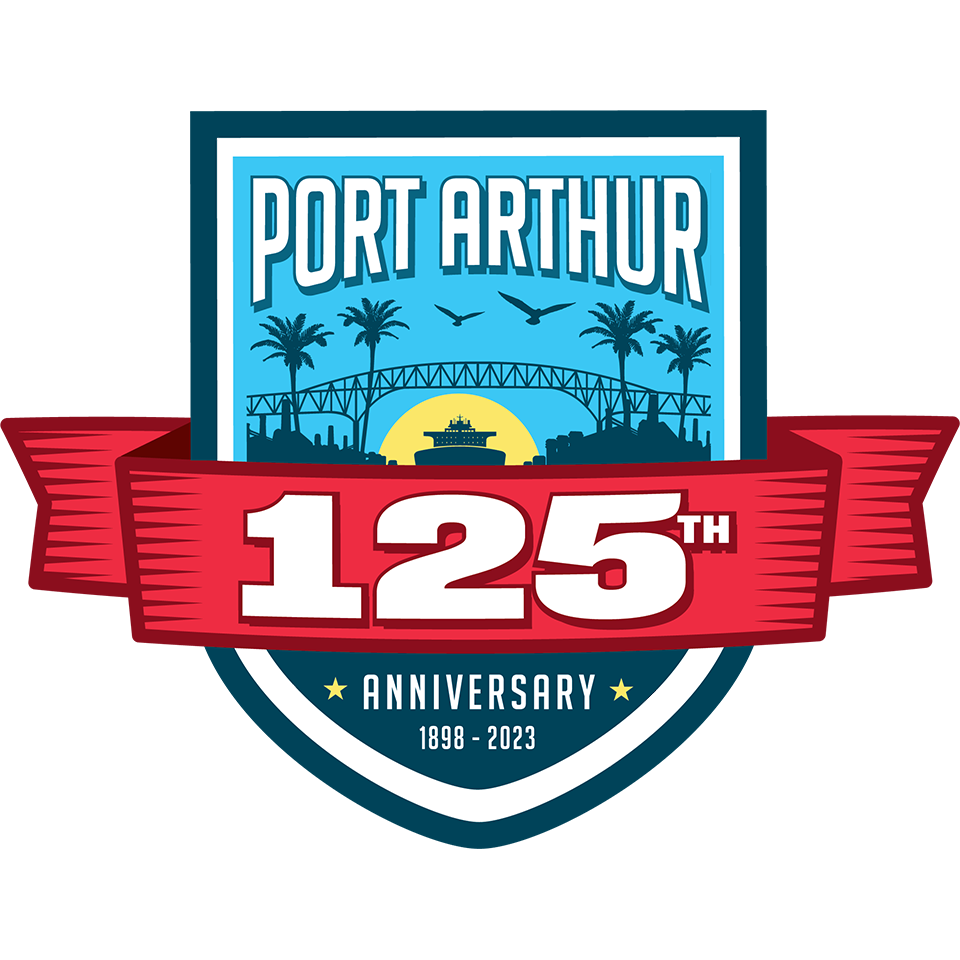Robert Rauschenberg
PORT ARTHUR, TEXAS
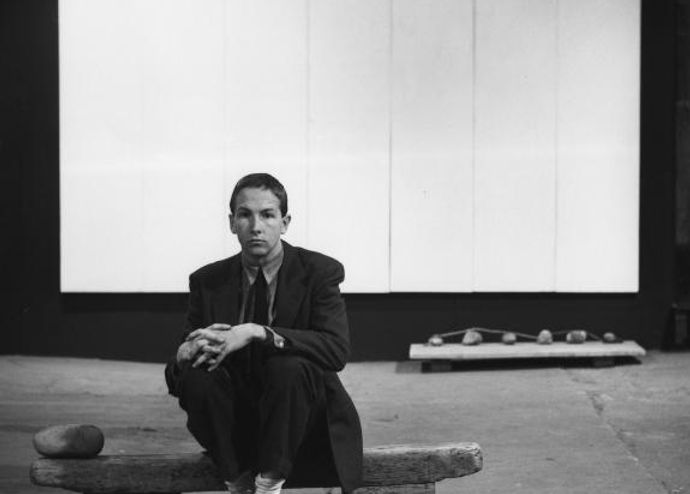
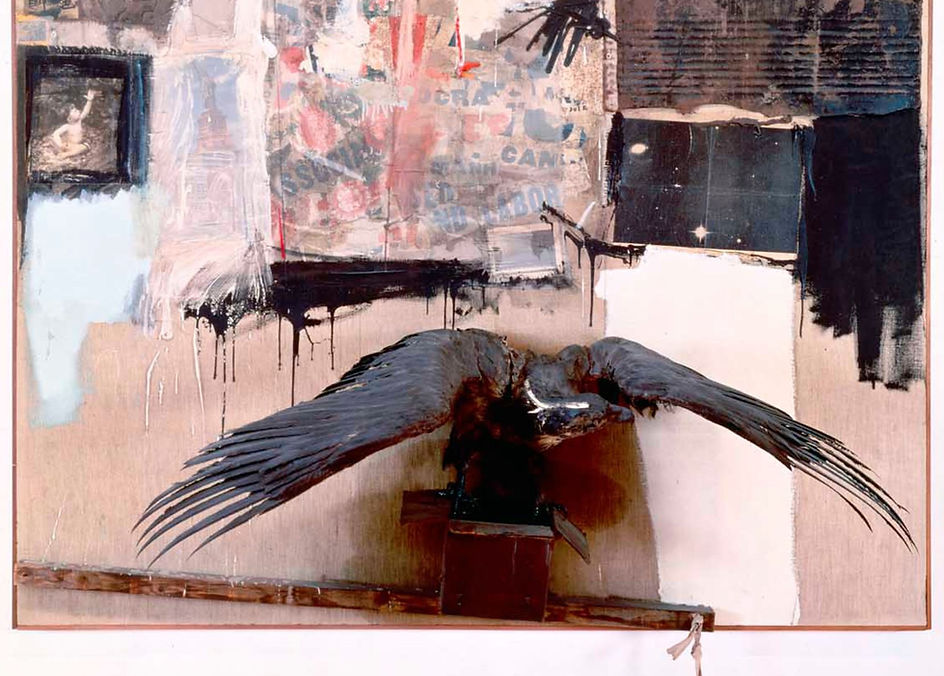
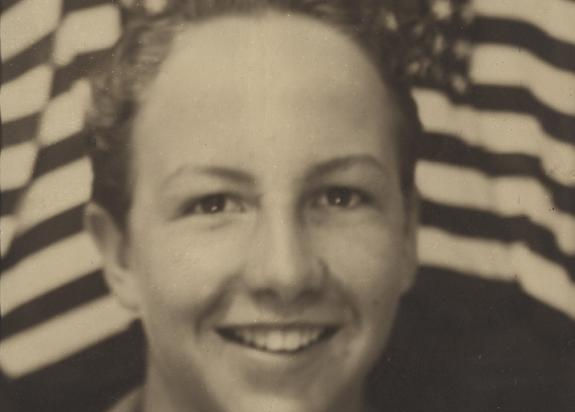
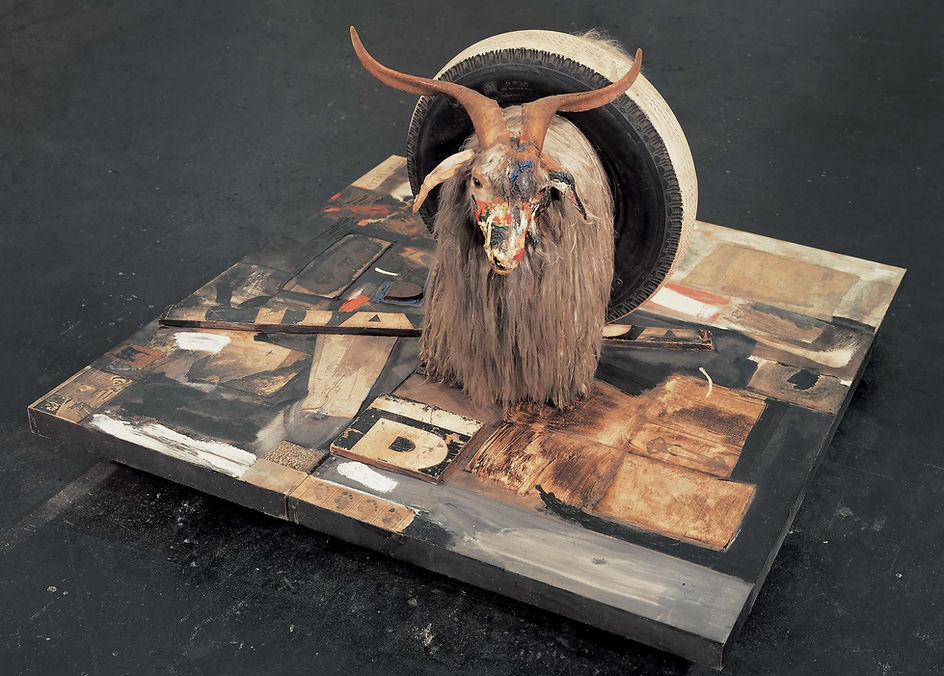
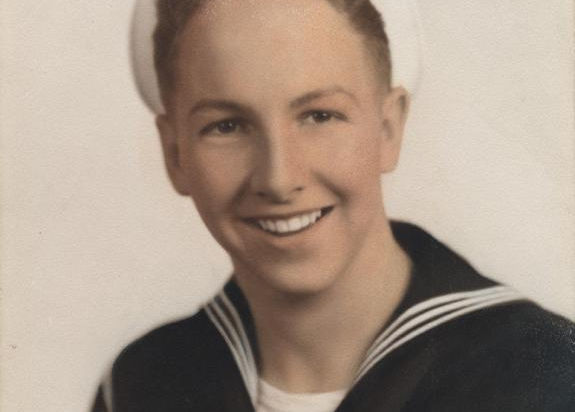
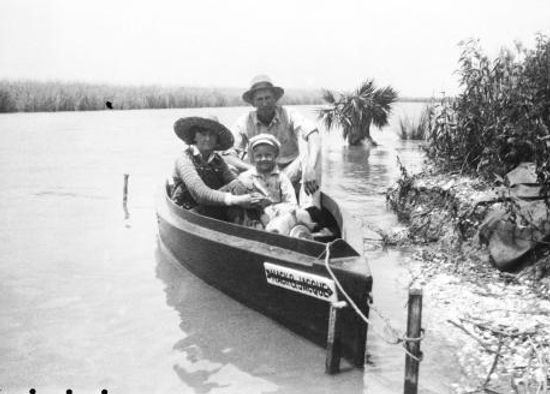
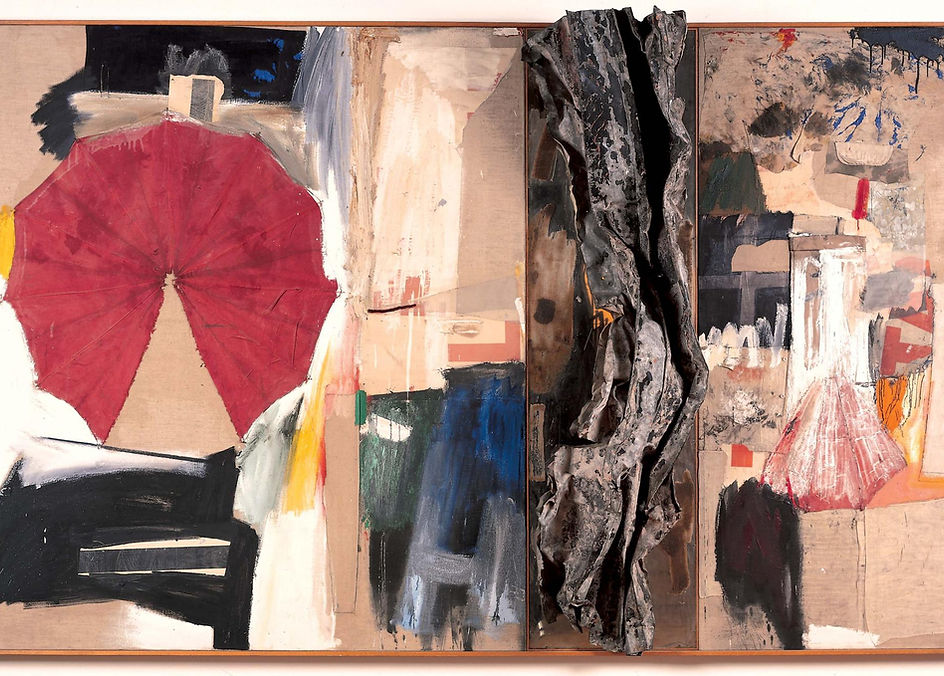
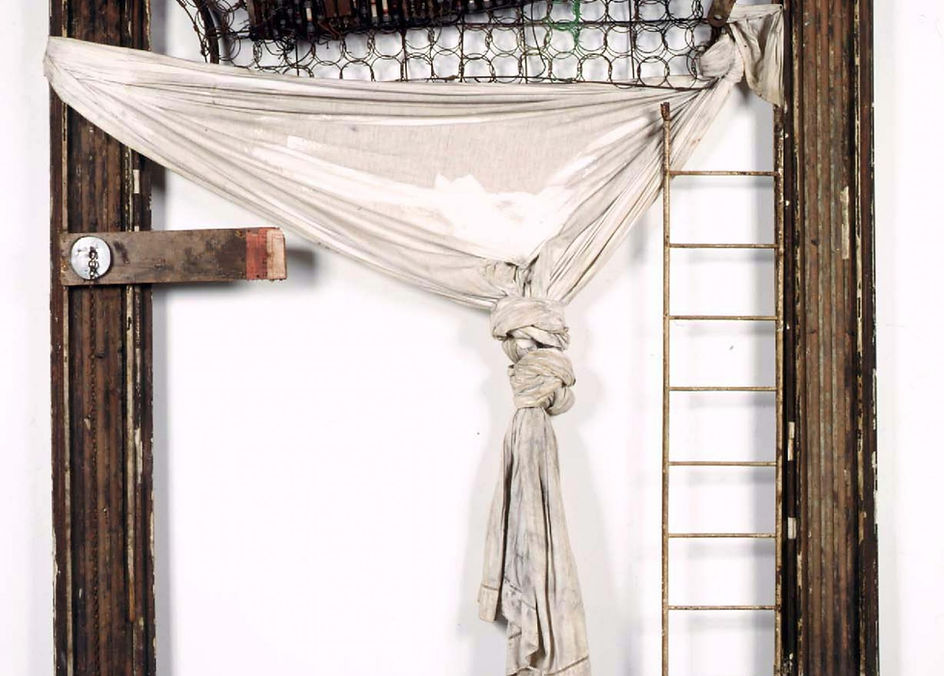
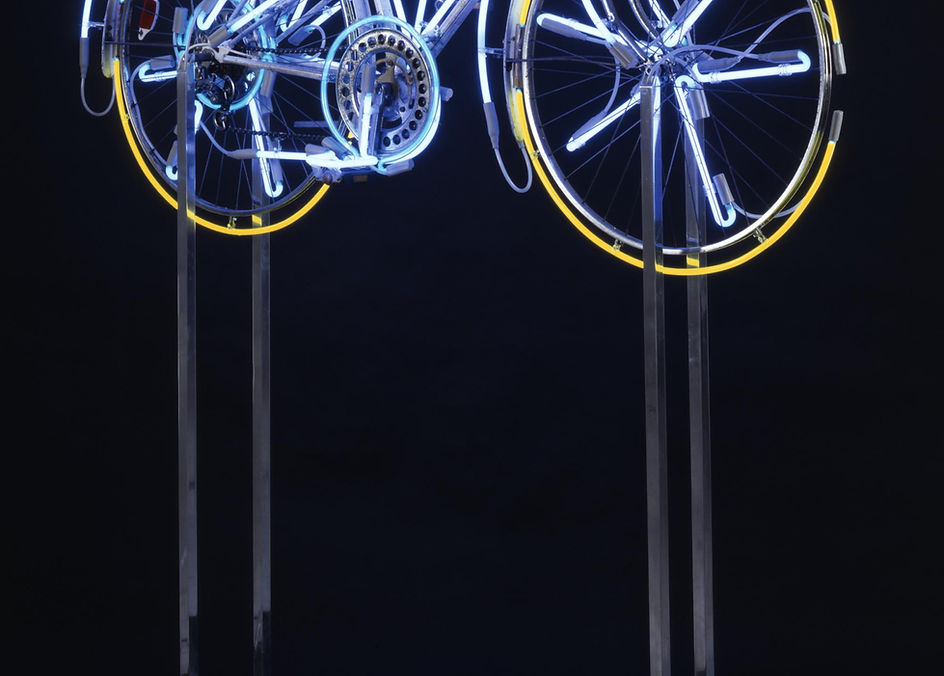
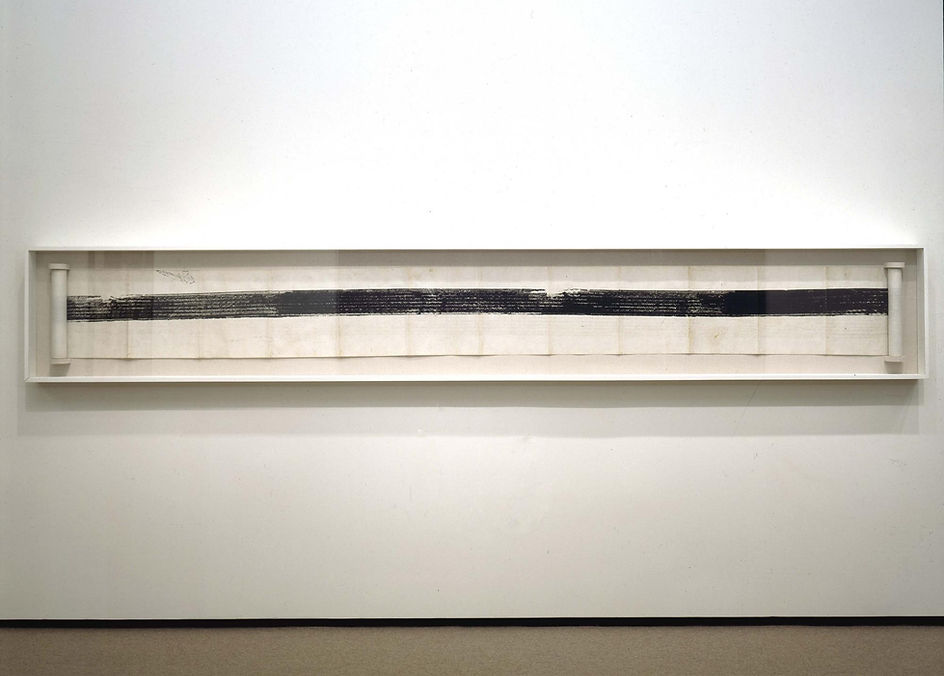










notable resident: Robert Rauschenberg
global innovator of pop art
Milton (Robert) Rauschenberg was an American painter and graphic artist whose early works anticipated the Pop-art movement. He had no formal art training as a child but liked to draw and copy funny paper drawings. His father worked for Gulf States Utilities, and his parents were Fundamentalist Christians. He had a younger sister named Janet Begneaud.
Attending the University of Texas in 1943, he studied pharmacy at his family’s request. Suffering from Dyslexia, he had trouble in school and was expelled for letting a frog escape from biology class. That same year, he was drafted into the Navy and stationed in California, serving in various medical capacities. His experience tending to the wounded turned him firmly against war and violence.
After the war, he took a job at a swimsuit factory. One of the designers arranged for him to enroll at the Kansas City Art Institute. In 1948, he went to Paris to attend the Academie Julian. He also studied under the exiled former Bauhaus instructor, Joseph Albers.
Rauschenberg had his first one-man exhibition at Betty Parsons Gallery in 1951 and was included in the “First Artists’ Annual” featuring Jackson Pollock, Franz Kline, and Robert Motherwell. In a famously cited incident of 1953, Rauschenberg requested a drawing from the Abstract Expressionist painter Willem de Kooning for the express purpose of erasing it as an artistic statement. This conceptual work, titled Erased de Kooning Drawing, was executed with the elder artist’s consent.
Rauschenberg met Jasper Johns in 1954, and they worked closely together until 1962. By the mid 50’s Rauschenberg was making the multi-media “Combines” for which he is best known. He also started working in printmaking, adding the lithography and silkscreen processes to the painting, collage. He also affixed objects on the canvas. His first lithographic work was awarded the Grand Prix at Ljubljana in 1963. In that same year, he created and performed his first dance performance, “Pelican.” Rauschenberg had always been attracted to dance, which was forbidden by his fundamentalist Christian upbringing. He later went on a world tour with Cage and Cunningham’s Dance Company.
In 1966 and 1967, he founded EAT (Experiments in Art and Technology) with scientists, helped 300 artists with special projects, created his 78″ tall Revolvers, and joined Gemini (GEL), founded by Kenneth Tyler, to work with artists on the cutting edge of technology. He was invited by NASA in 1969 to witness the lift-off of Apollo 11 at Kennedy Space Center. Rauschenberg set up the foundation Change, Inc. for destitute artists in 1970.
He continued to create and exhibit throughout the 1980s, with notable accomplishments including his 1983 Talking Heads album design, for which he received a Grammy Award. He began his Rauschenberg Overseas Culture Interchange (ROCI) in 1984, “To introduce the world to itself and contribute to worldwide peace.” What he described as “sensitive” areas were included in these works: Mexico, Chile, Venezuela, China, Tibet, Japan, Cuba, and USSR. Rauschenberg’s approach was sometimes called “Neo-Dadaist,” a label he shared with the painter Jasper Johns. Rauschenberg famously stated that “painting relates to both art and life,” and he wanted to work “in the gap between the two.
In 1984, he participated in a show at the Port Arthur Public Library, despite being in high demand internationally. His mother, he noted, was more impressed having his work shown in Port Arthur than she had been when he exhibited at renowned museums in New York and Paris.
In 1985 Rauschenberg was named Sesquicentennial Artist to commemorate the 150th anniversary of Texas as the “state’s most famous artist.” In 2002, he designed the cover of Time magazine’s special double issue on the first anniversary of the 9/11 terrorist attack. The fourth time his work was featured on what is arguably the world’s most famous magazine cover. Rauschenberg lived and worked in New York City and on Captiva Island, Florida, until his death on May 12, 2008. Many of his works are on display at the Museum of the Gulf Coast, where he is a member of our Notable People Hall of Fame.
